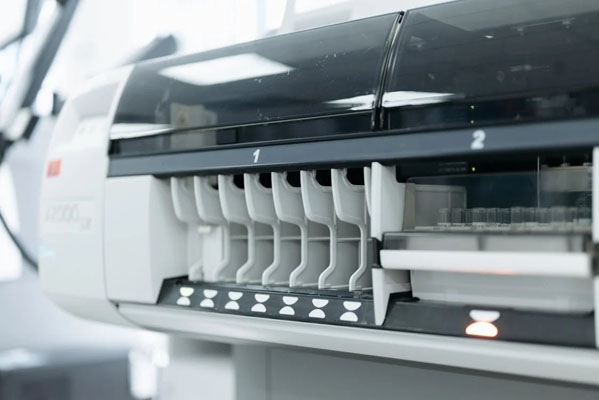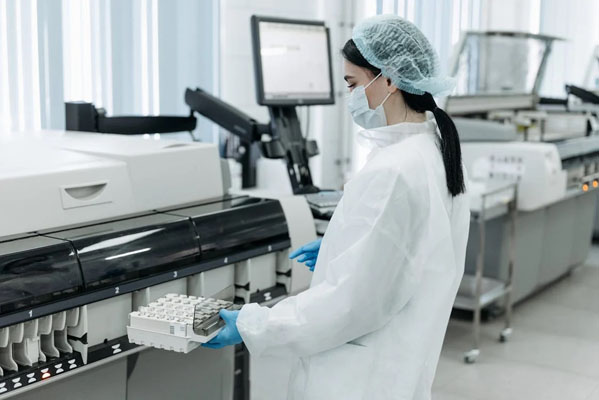My blog focuses on Financial Literacy/Money, Business/Entrepreneurship and STEM (Science, Technology, Engineering and Mathematics). Depending upon the type of business you’re running, your operation might generate waste products like gases. The wrong types of gases could be damaging to multiple people and the environment. The following contributed post is entitled, The Most Dangerous Gases Your Business Needs To Manage.
* * *

Businesses need to manage all sorts of things, from people to expenses. But something that often gets overlooked is the management of gases. Companies need to control these to keep their staff safe and ensure they remain compliant with external audits.
But which gases require the most management?
That’s the topic of this post. It looks at the gases in the atmosphere that require the most intervention and what makes them so dangerous.
Carbon Monoxide
The most common gas requiring management is carbon dioxide. Unfortunately, it is one of the most challenging. It’s colorless, and odorless, and can kill people silently if too much of it gets into their bloodstreams.
Unfortunately, many carbon monoxide sources exist in business from combustion engines to heaters and furnaces. When these burn fuel, carbon monoxide is often an irreducible byproduct, requiring extraction.
To manage carbon monoxide, start by installing carbon monoxide detectors throughout your business. Use these to determine immediately whether CO is at dangerously high levels.
Also, make sure you have proper ventilation. Depending on your application, you may need to speak to a fume hood manufacturer.
Lastly, check equipment regularly to ensure it isn’t putting out more carbon monoxide than its specification allows. Going over specific thresholds could be dangerous and strain equipment.
Hydrogen Sulfide

Hydrogen sulfide is another dangerous gas that requires careful maintenance. It’s famous for smelling like rotten eggs (because the gas they emit is the same).
Hydrogen sulfide emerges as a pollutant from numerous processes, including in oil and gas refineries, and sewage treatment plants. For this reason, it requires careful management. While a small level is tolerable, higher levels can lead to serious illness and death.
You can monitor this gas using various detectors placed strategically around your business. You can also use mobile units that can follow people around if they are transporting items prone to H2S emissions.
Wearing protective equipment around hydrogen sulfide is also helpful. If you know workers are going to be exposed to higher concentrations, equipping them with gas masks is essential.
You also want to put staff through training, explaining the dangers of hydrogen sulfide. The gas can reach dangerous levels quickly.
Ammonia
Ammonia is another natural but dangerous gas produced by numerous businesses. It’s highly irritating to the eyes, nose, and airways, leading to respiratory damage at the highest concentrations.
Businesses in equipment manufacturing, refrigeration, and chemical production often have to manage this gas. While it is helpful for life, it is also extremely dangerous, often used in ammonia fertilizers.
Workers working near ammonia should have the proper management strategies in place, such as wearing respirators, goggles, and gloves. Ammonia should also be kept in safe, labeled storage to prevent the contents from harming anyone.
When being used, ammonia requires proper ventilation. Allowing the gas to enter rooms is dangerous and can lead to respiratory issues developing in seconds.
It’s always helpful to have leak and ammonia detection systems in place when working with this gas, simply because of how dangerous it is. Usually, workers can smell it, but leaks in industrial settings can be slow-acting or very fast, depending on the container vessel.
Nitrogen Dioxide
Nitrogen dioxide is another chemical you want to avoid getting into the lungs of staff. This toxic gas is famous for causing respiratory issues and leading to permanent tissue damage that is not managed correctly.
Nitrogen dioxide’s most common sources are diesel engine emissions and other industrial processes that require the burning of gases. The chemical is quite hard to scrub and is often a natural byproduct of modern, industrial techniques.
As a company, you can deal with the challenges presented by NO2 by installing detectors in areas you believe may produce the gas. Usually, that means installing them next to machines or combustion areas, particularly in power plants where the ignition is not as clean.
Another technique is to improve ventilation throughout your facility. You want to disperse the gas as far and wide as you can, preventing it from building up in concentrations that could be harmful.
Finally, you can use exhaust filtration systems. These are beneficial because they reduce the NO2 emissions significantly from your buildings, helping to protect the rest of the environment from harm.
Ozone

We’re used to thinking of ozone as something beneficial to the atmosphere, and it is. But when companies produce it at ground level, it can cause harm, including lung damage.
Companies deal with this gas by using PPE and installing ozone gas detectors. Electric ventilation systems and scrubbers are also often helpful.
